Explore a Hidden Gem in North Vietnam
Discover the mountainous region of Ha Giang with YESD, a social enterprise that empowers local villagers.
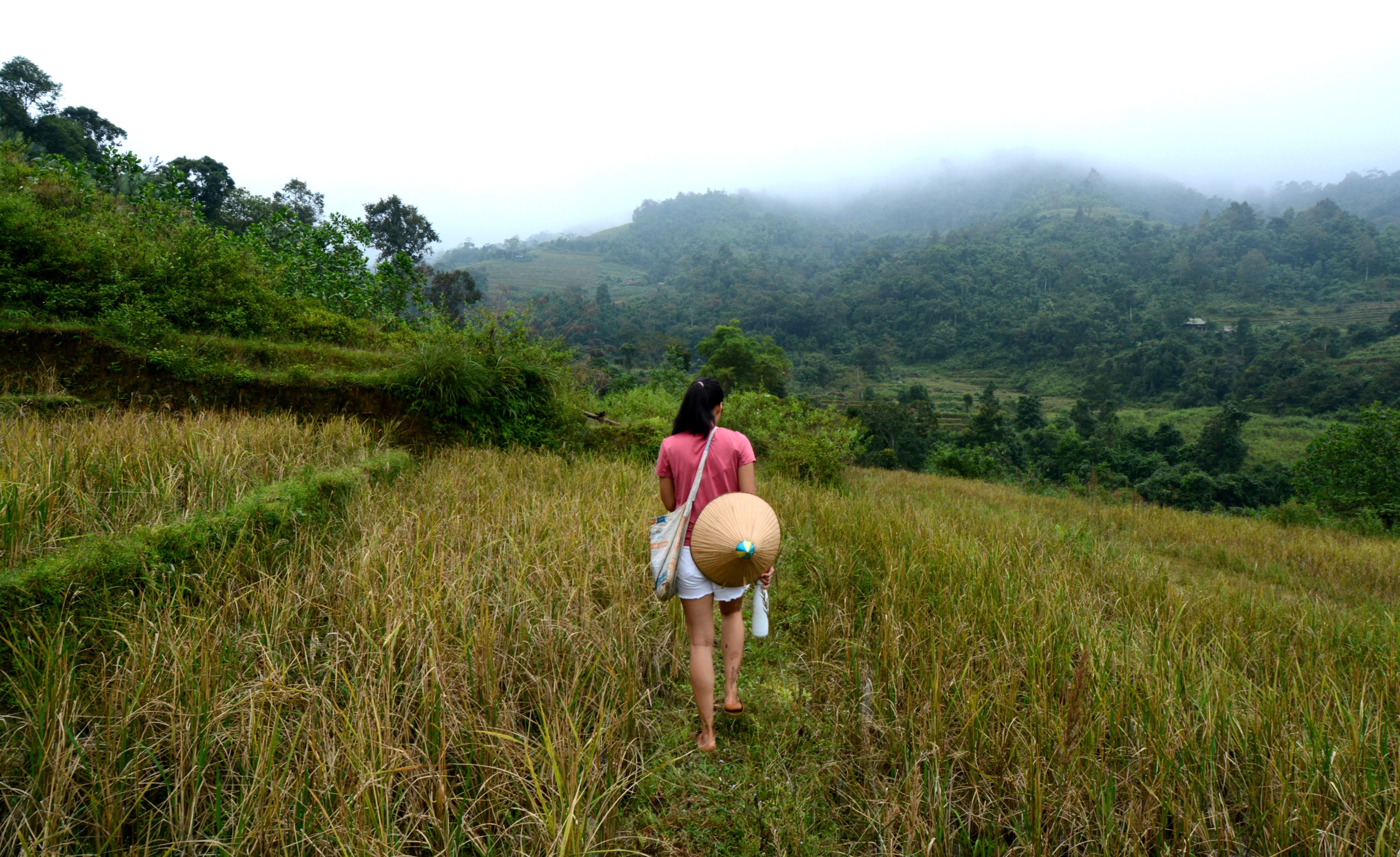
Take a one-day motorbike tour through the mountains in northern Vietnam?
“Uh… okay…” I reply.
Being a non-rider, I can’t imagine being perched on the back of a scooter for an entire day. Visions of an aching bum, sodden jacket and frozen fingers from hanging on for dear life, in the cold and rain, immediately come to mind.
My uncertainty must have showed in my voice, for I am told: “Yes, it’s the best way to see Ha Giang. If you don’t have enough time, I suggest you cut the one-day trek to half-day. You must do the motorbike tour.”
Having always loved trekking, I am reluctant to shorten the hike, but duly agree.
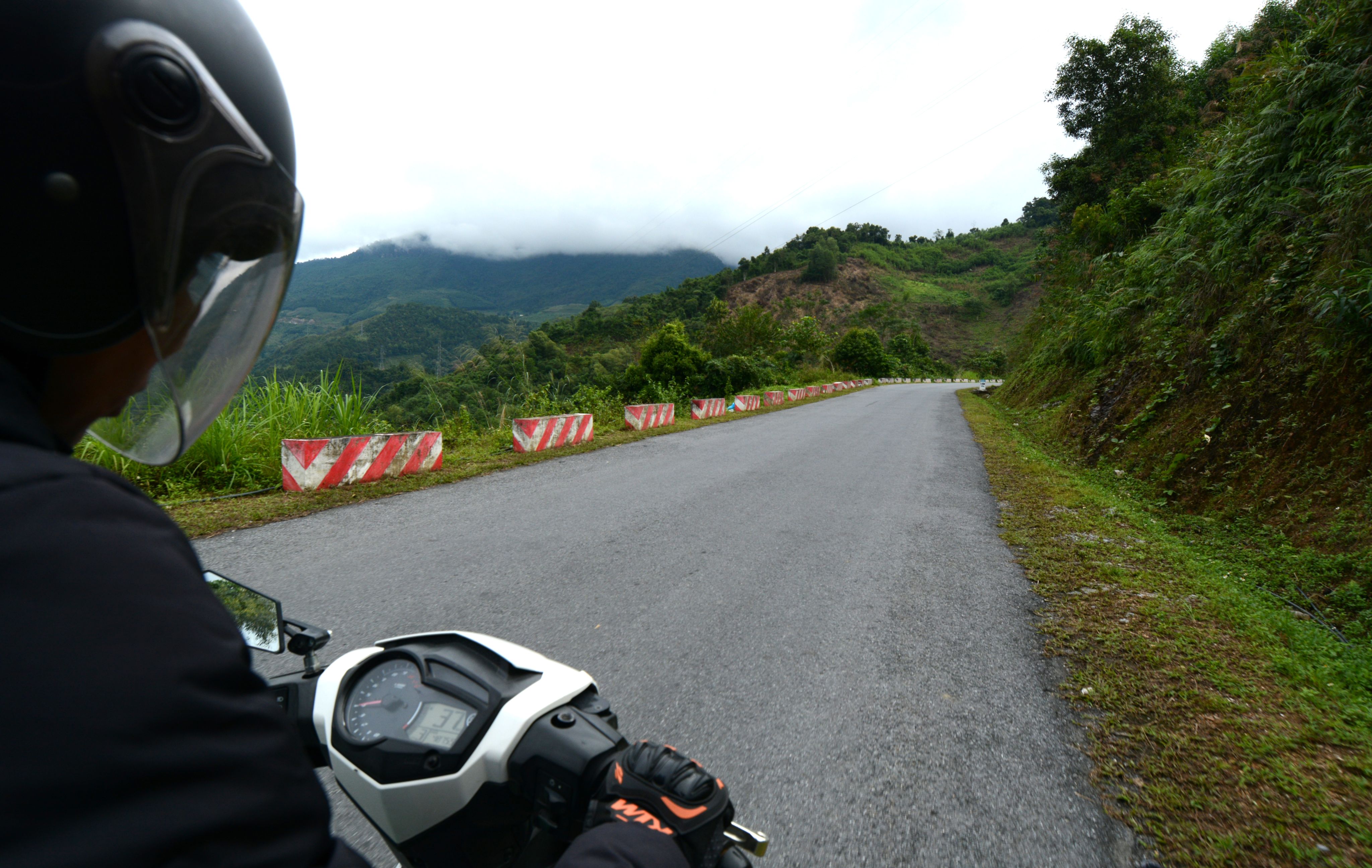
A motorbike tour of Ha Giang, I am told, is an absolute must.
A motorbike tour of Ha Giang, I am told, is an absolute must.
A week later, 10 minutes into the ride, I find myself grinning from ear to ear, delirious with joy. Riding pillion with Nguyen Van Quyen, who put-puts along at a reassuring 30 km/h, I actually feel enveloped by the stunning scenery around me. With no car window or roof blocking my view, I see and hear everything – waterfalls cascading down cliffs by the road, jagged mountains in the distance, and quiet villages nestled in the valleys below.
Trinh Thi Tuyet — one of the founders of YESD who’d arranged this tour for me — was right:
A motorbike tour is the best way to see Ha Giang.
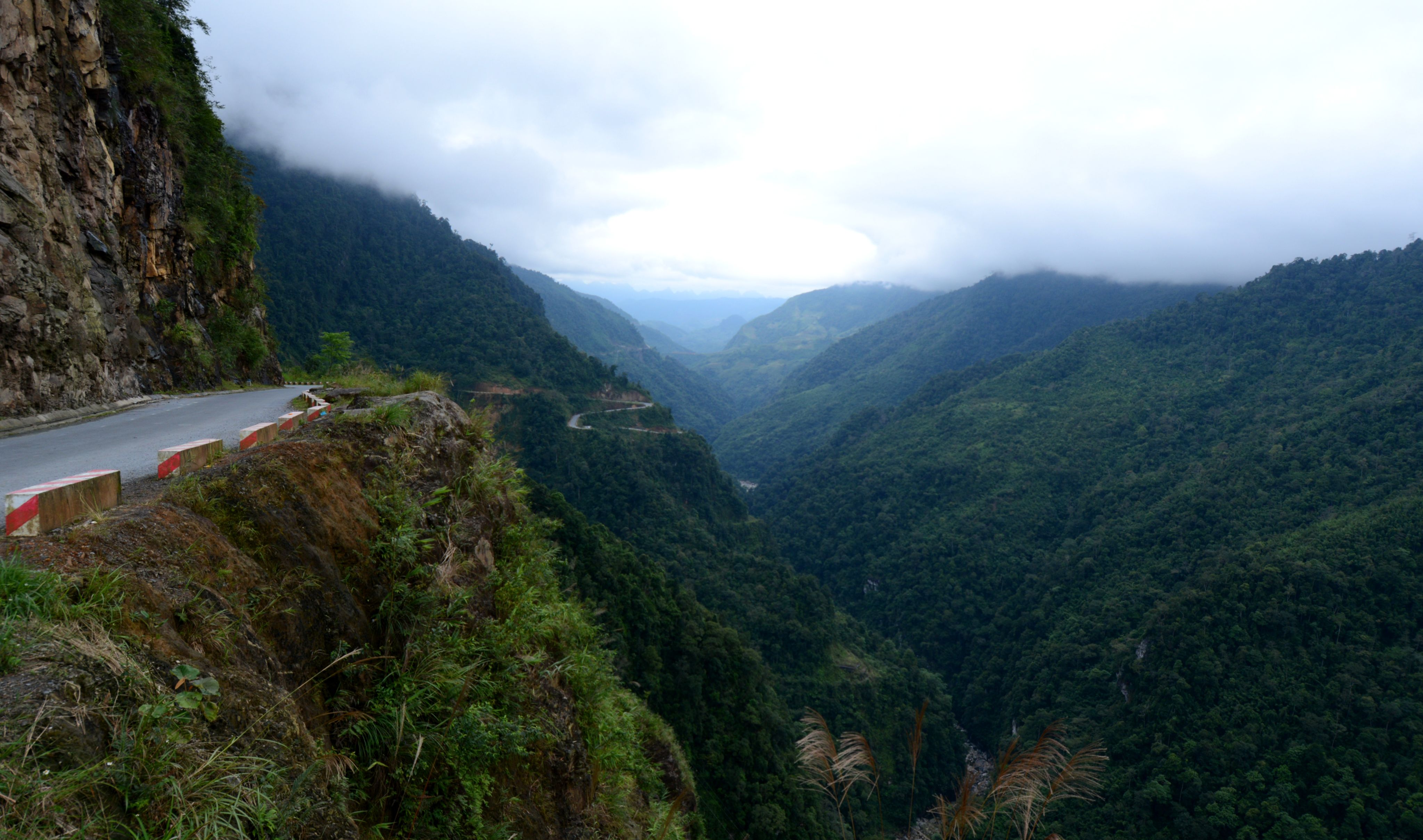
Far from the madding crowds
Ha Giang is the perfect retreat from the busy world
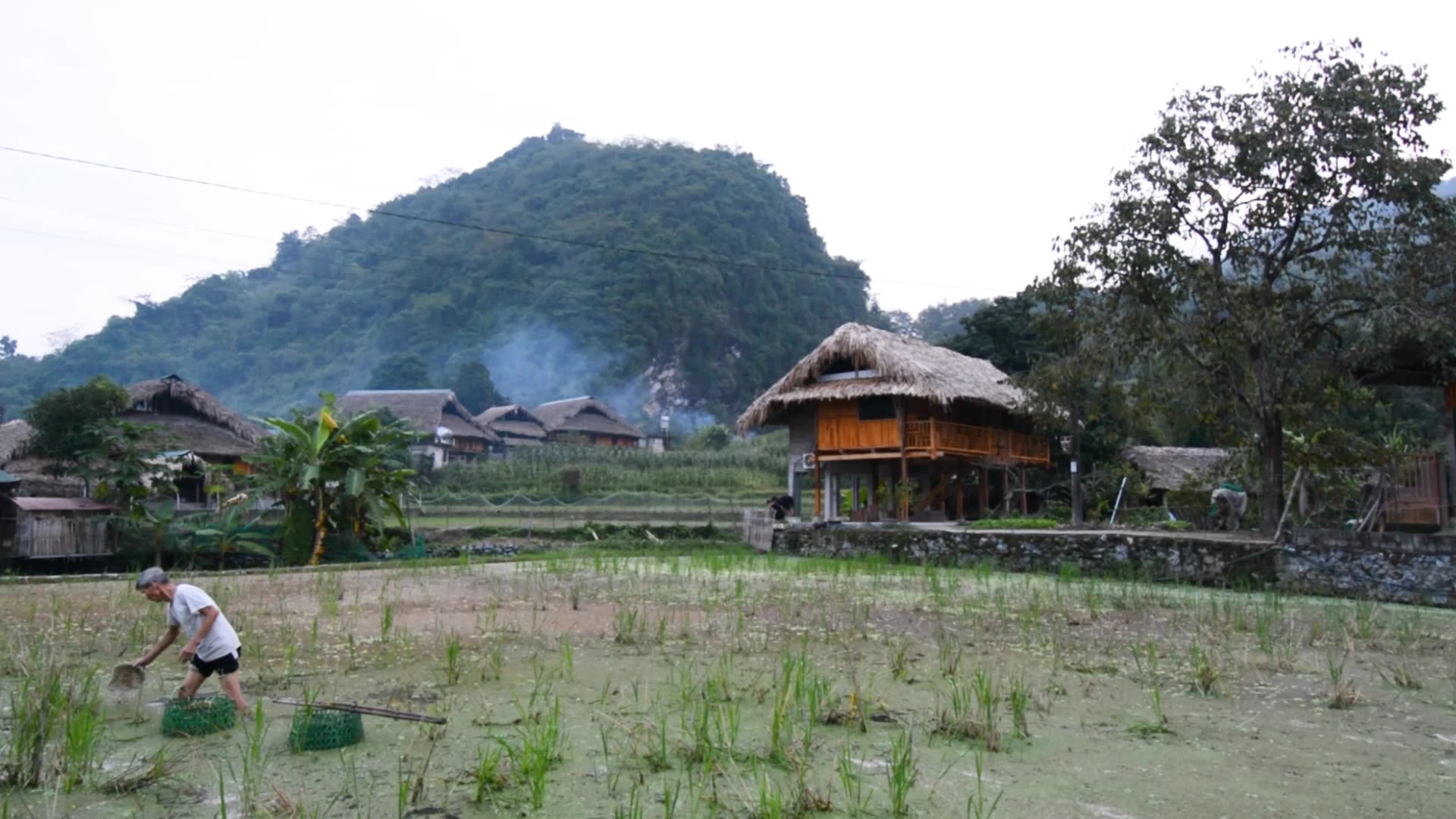
Ha Giang is an absolute gem. Lying at the northwestern edge of Vietnam, bordering China, this rural province is packed with panoramic views of limestone and granite mountains, terraced rice fields, thick forests and traditional villages.
Sure, the provincial capital – also called Ha Giang – is 300 km from Hanoi, but the six-hour drive is well worth it. Once you’re done with the nonstop honking, traffic and tourist hotspots of Vietnam’s big cities like Ho Chi Minh City and Hanoi, there are few better respites than a mountain retreat.
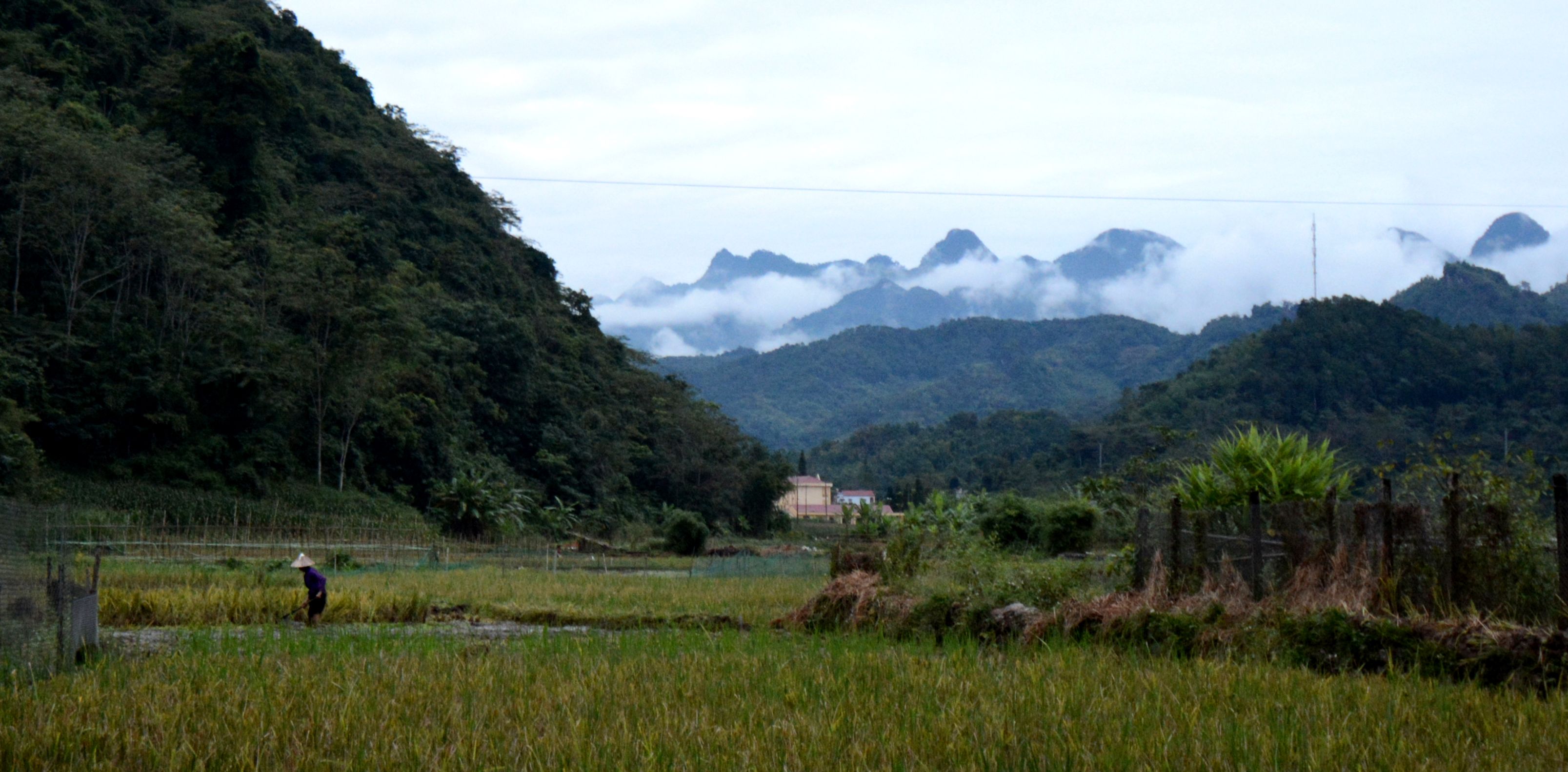
In Ha Giang, travellers can spend entire days wandering around Hmong, Tay, Dao or Nung villages, where people go about their day as they have done for generations.
Lodged at a homestay run by the spritely Nguyen Thi Dung in Thon Tha village, I find myself absorbed by the sights and sounds of life, from the boisterous gatherings at the village hall and colourful chaos of the wet market, to the serene views of farmers working in rice fields or walking their buffalo home after a long day.
Live ducklings for sale in a market in Ha Giang.
Live ducklings for sale in a market in Ha Giang.
It’s a reminder of how little things have changed here: Despite the onslaught of technology – almost everyone sports a smartphone – traditions and community remain strong in this corner of Vietnam.
“When a family builds a house, everyone will come and help. The villagers help each other do everything.”
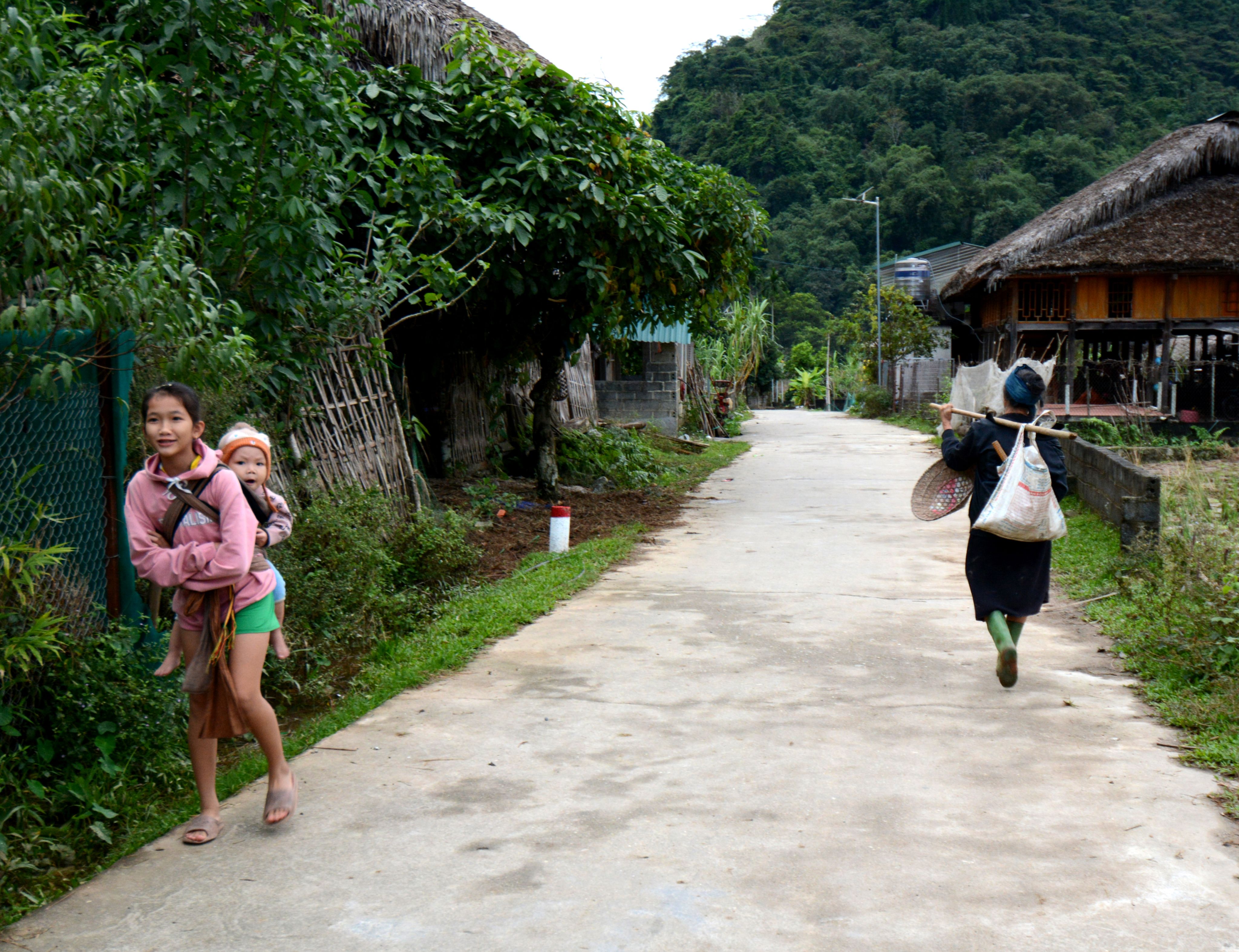
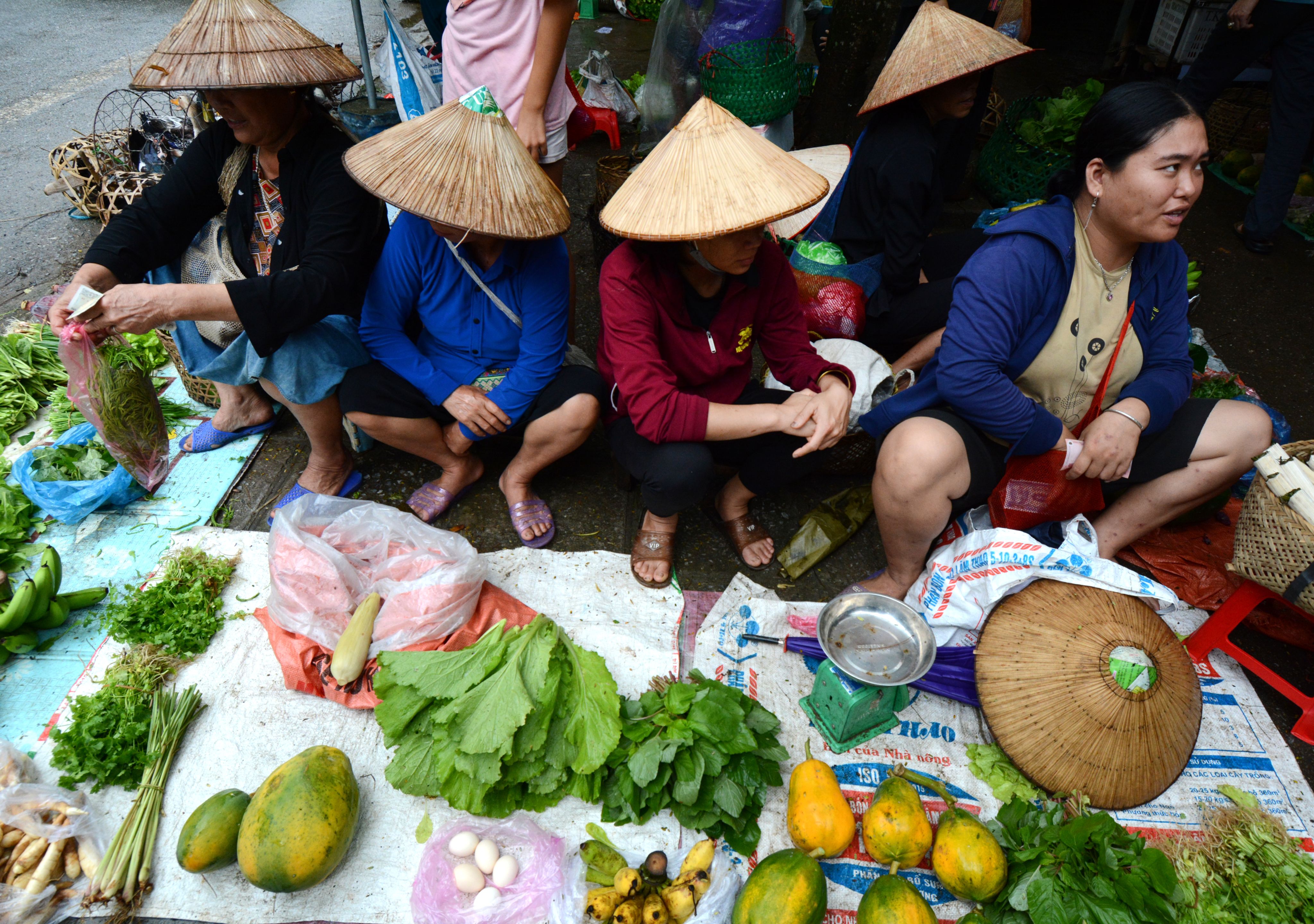
Villagers selling their home produce at a Sunday market in Ha Giang.
Villagers selling their home produce at a Sunday market in Ha Giang.
An ideal adventure getaway
Life may be slow in Ha Giang, but that doesn't mean you can't have loads of fun

There is, however, more than just culture and tradition at Ha Giang. A lot more.
If you’re looking for adventure, you can’t go wrong coming to this hidden corner of Vietnam. Ha Giang is probably best known for “The Loop,” a winding 350 km route that takes you through some stunning mountain vistas, valleys and misty passes that blanket the province. Along the way, you can visit caves, enjoy a coffee at a mountainside cafe, and get a peek into village life.
It’s best done on a motorbike tour, or you can even hire a motorbike and ride it yourself. But if you’re not quite ready to spend three or four days on the back of a bike, you can always do the tour in a car.
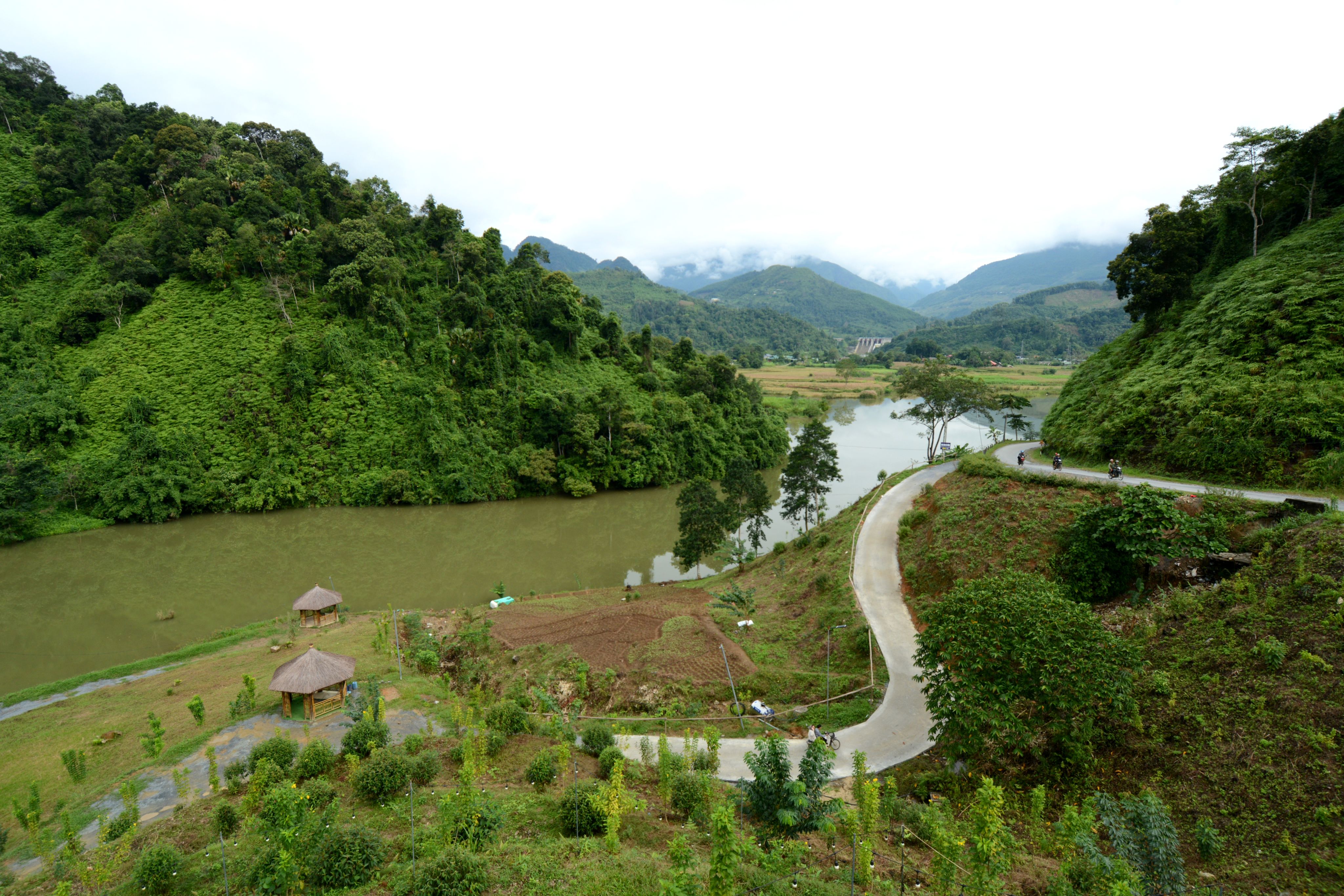
Ha Giang is also excellent hiking country. In fact, I soon regret opting to shorten my hike. Half a day, I discover, is barely enough. The 10-km walk around Thon Tha village takes me four hours, because I keep stopping to gape at the breathtaking views: terraced rice fields surrounded by forested hills, waterfalls, and rivers with waters so clean you can take a bath in them.
“April or October is the best time to come,” Tuyet tells me. “It’s when the rice is fully grown but not harvested yet, and the fields are a vibrant green. It’s beautiful.”
I nod and tell myself: I need to come back.
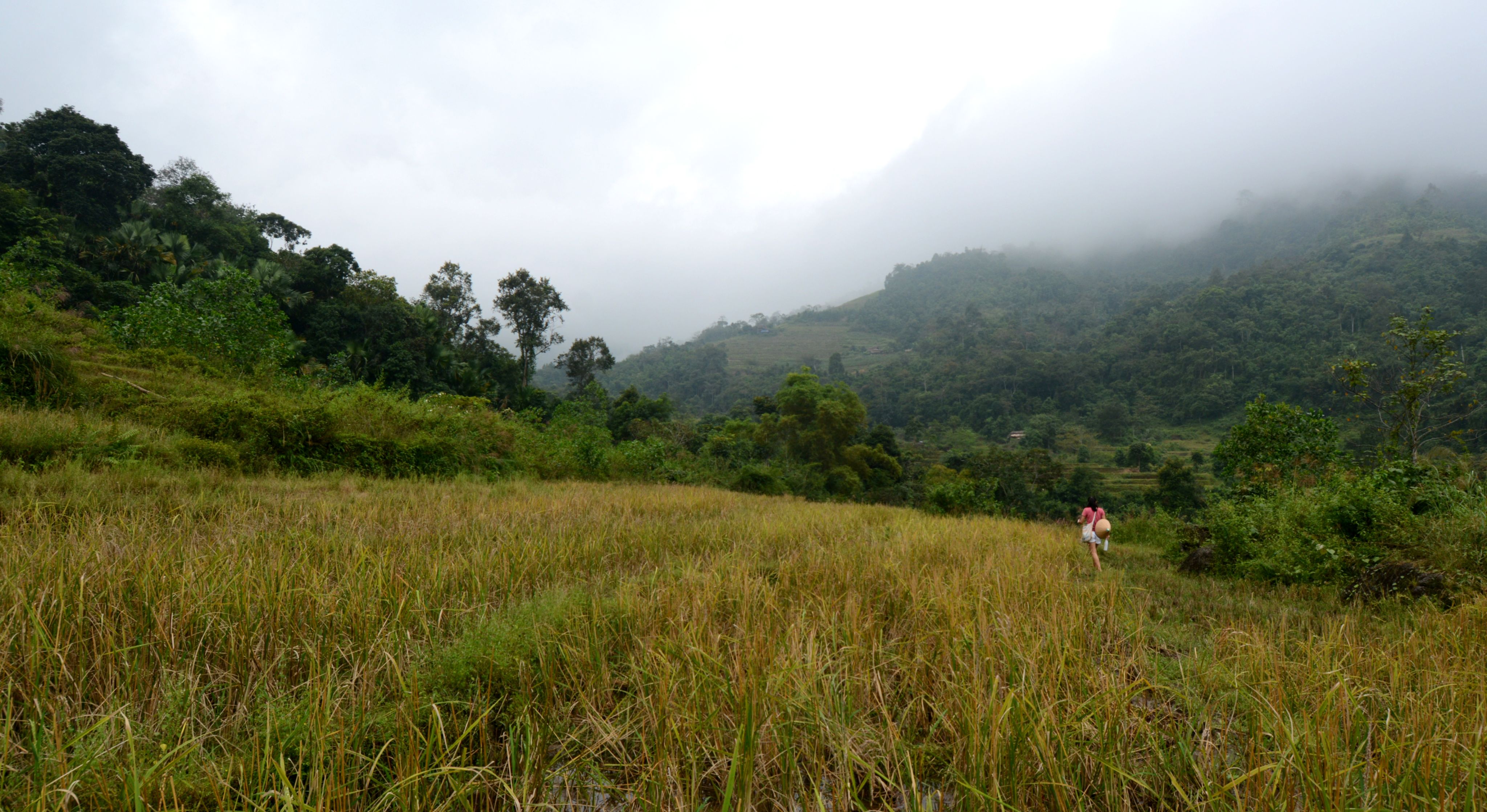
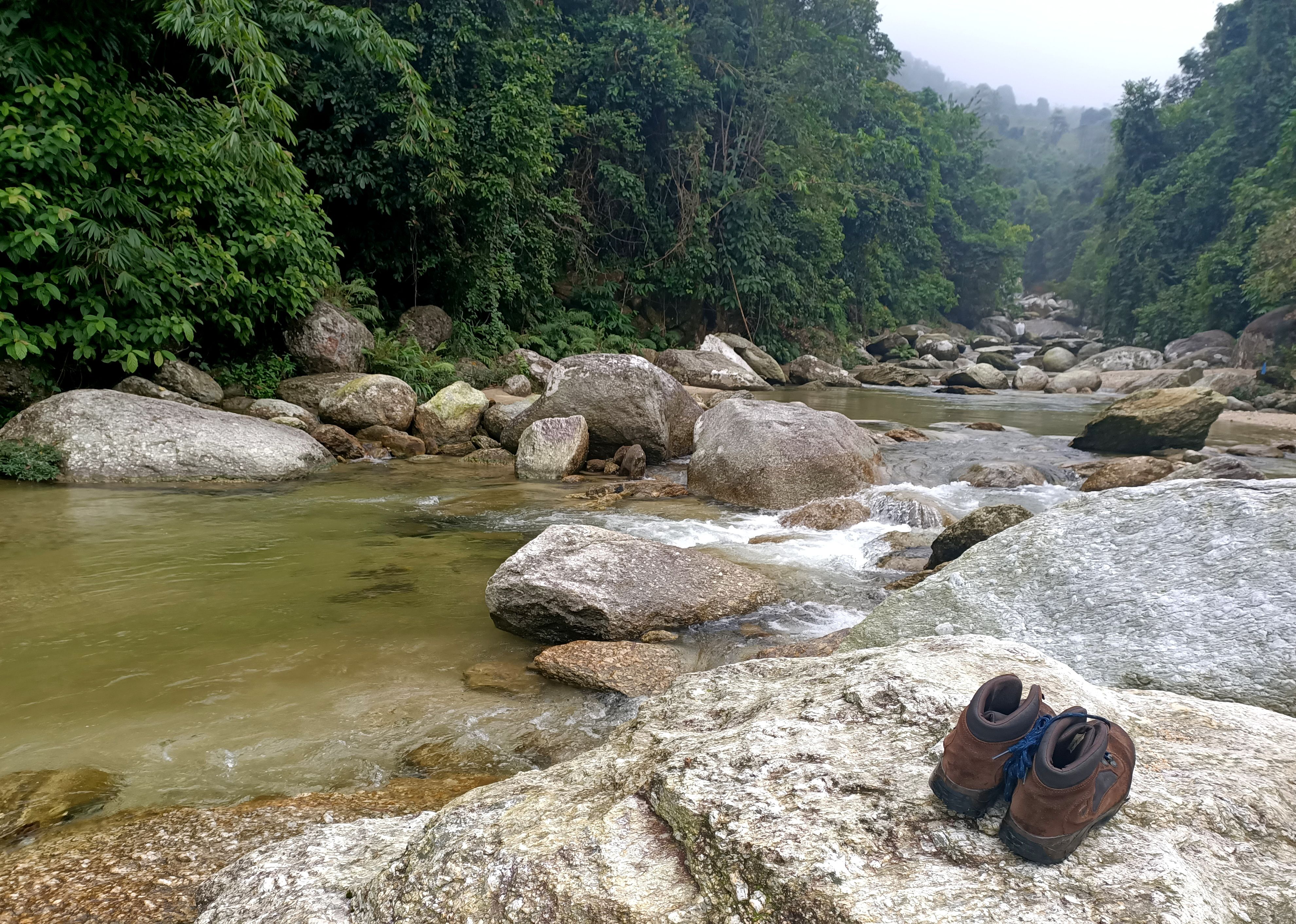
A meaningful holiday
Travelling with YESD means the local community benefits from your spending

What makes my trip even more meaningful is going with YESD, a social enterprise that seeks to help local communities in northern Vietnam through responsible tourism.
Started by three women – one of whom is Tuyet – in 2015, YESD partnered with village homestay hosts, tour guides, drivers and tour operators to ensure that their communities benefit directly from the tourist trade.
“Many of the villagers could not speak English, so we ran English classes,” says Tuyet. “We helped them get bookings, did the marketing for them, and showed them how to improve their service for travellers.”
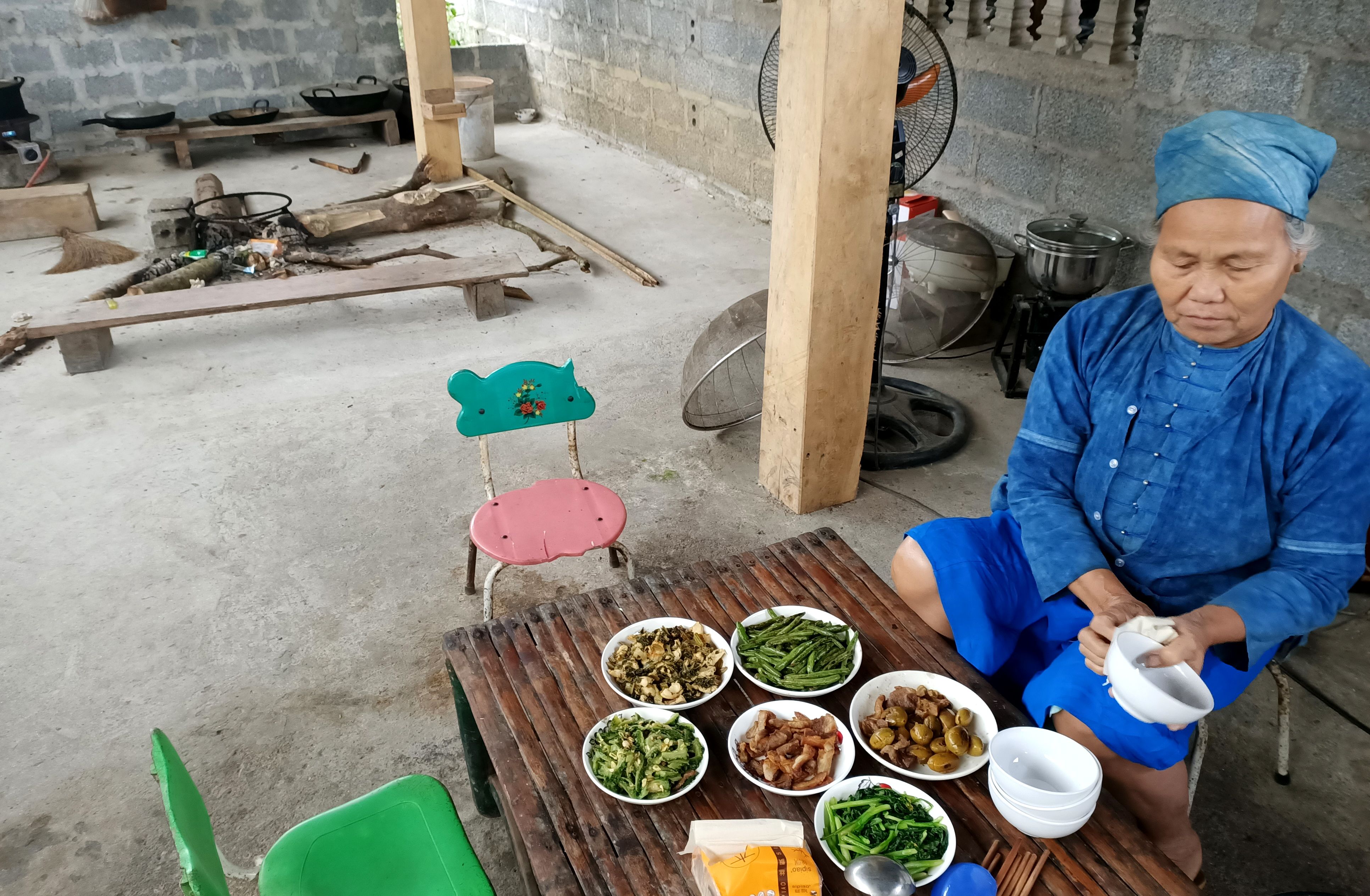
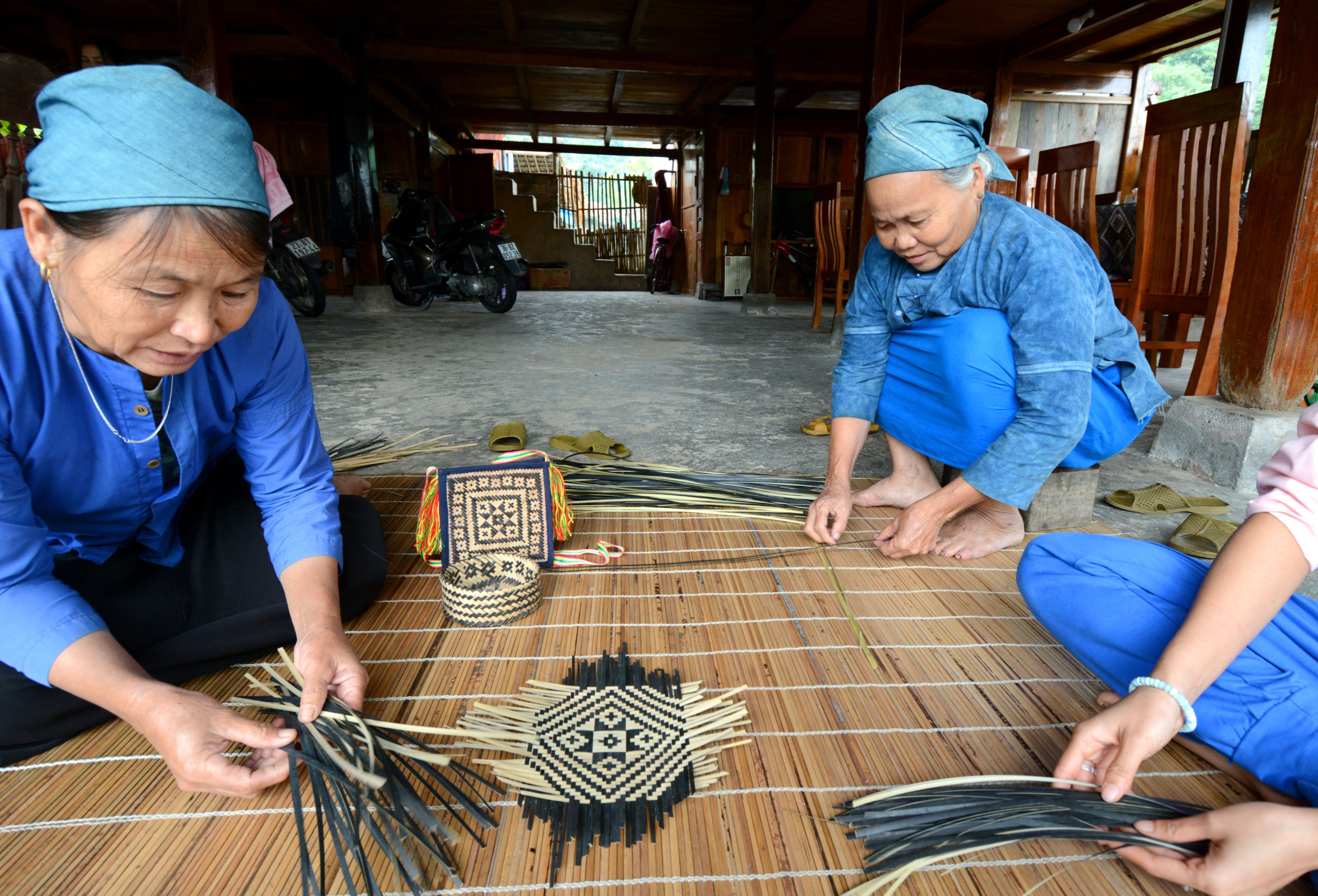
Nguyen Thi Kien (left) and Nguyen Thi Dung (right) showing visitors how to weave a traditional bamboo basket.
Nguyen Thi Kien showing visitors how to weave a traditional bamboo basket
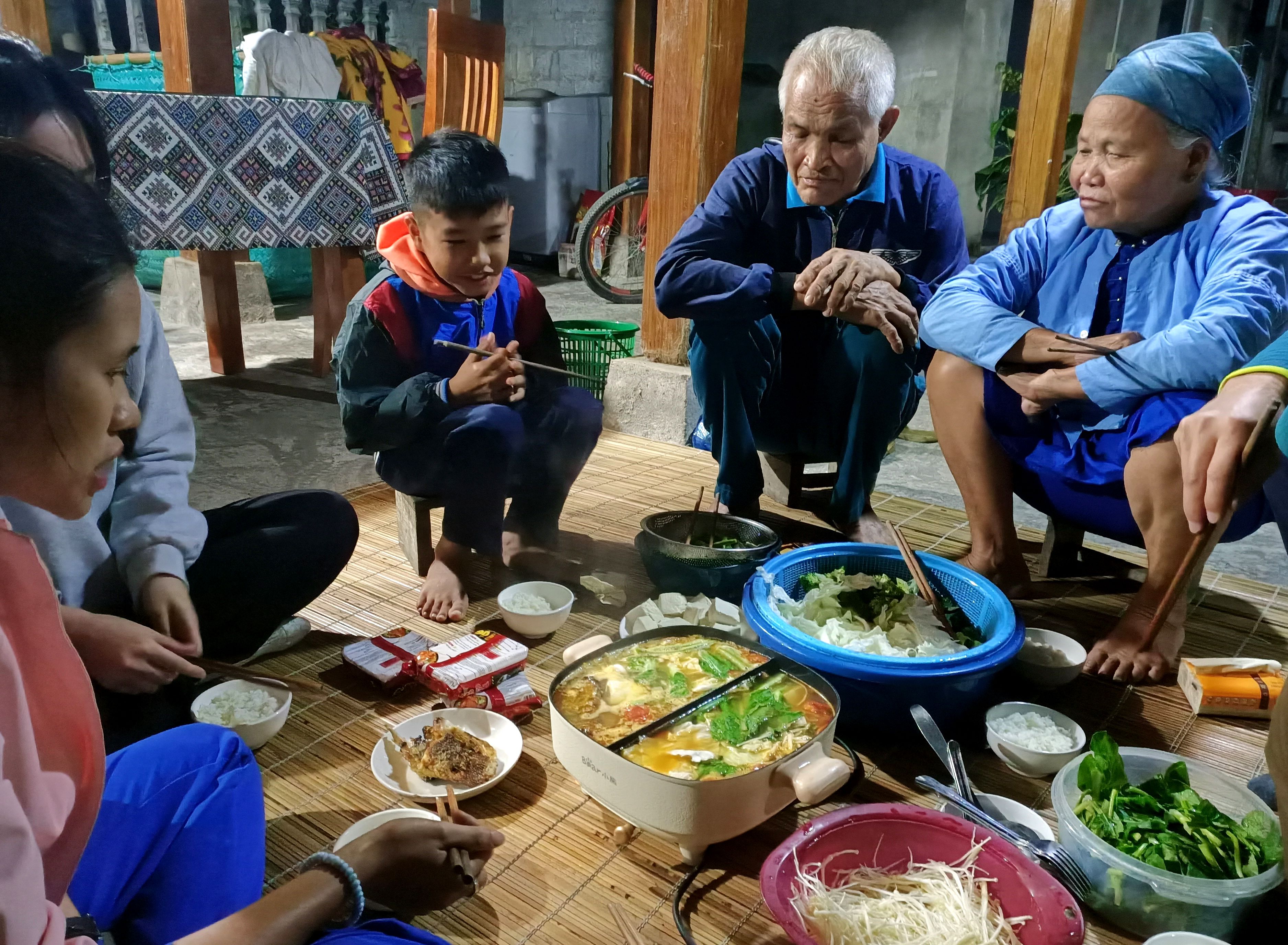
Hotpot time at Mrs Dung’s homestay in Thon Tha village.
The food is always fresh around Ha Giang - everything is homegrown.
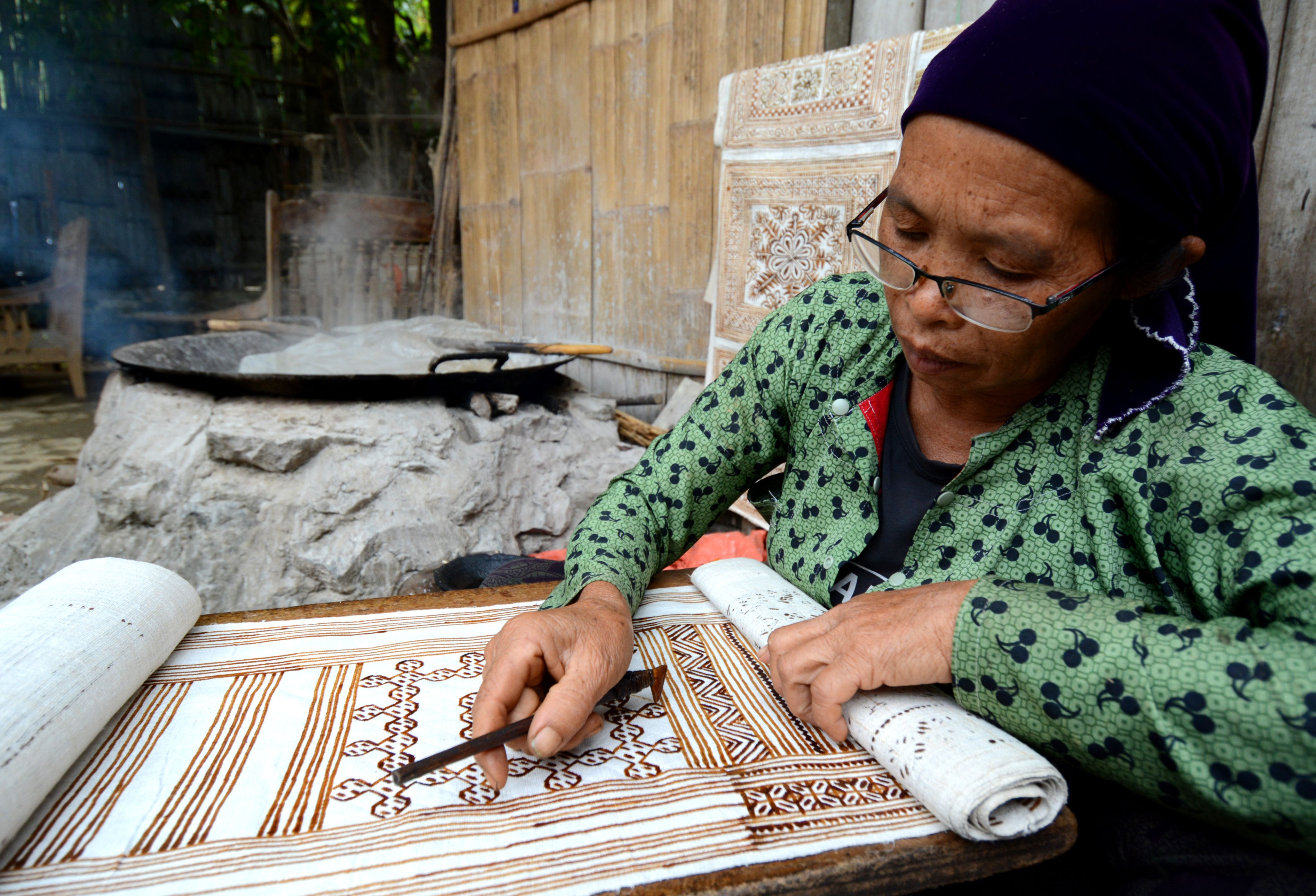
A Hmong woman painstakingly inks patterns onto hemp textiles at the Lung Tam Linen cooperative.
A Hmong woman painstakingly inks patterns onto hemp textiles at the Lung Tam Linen cooperative.
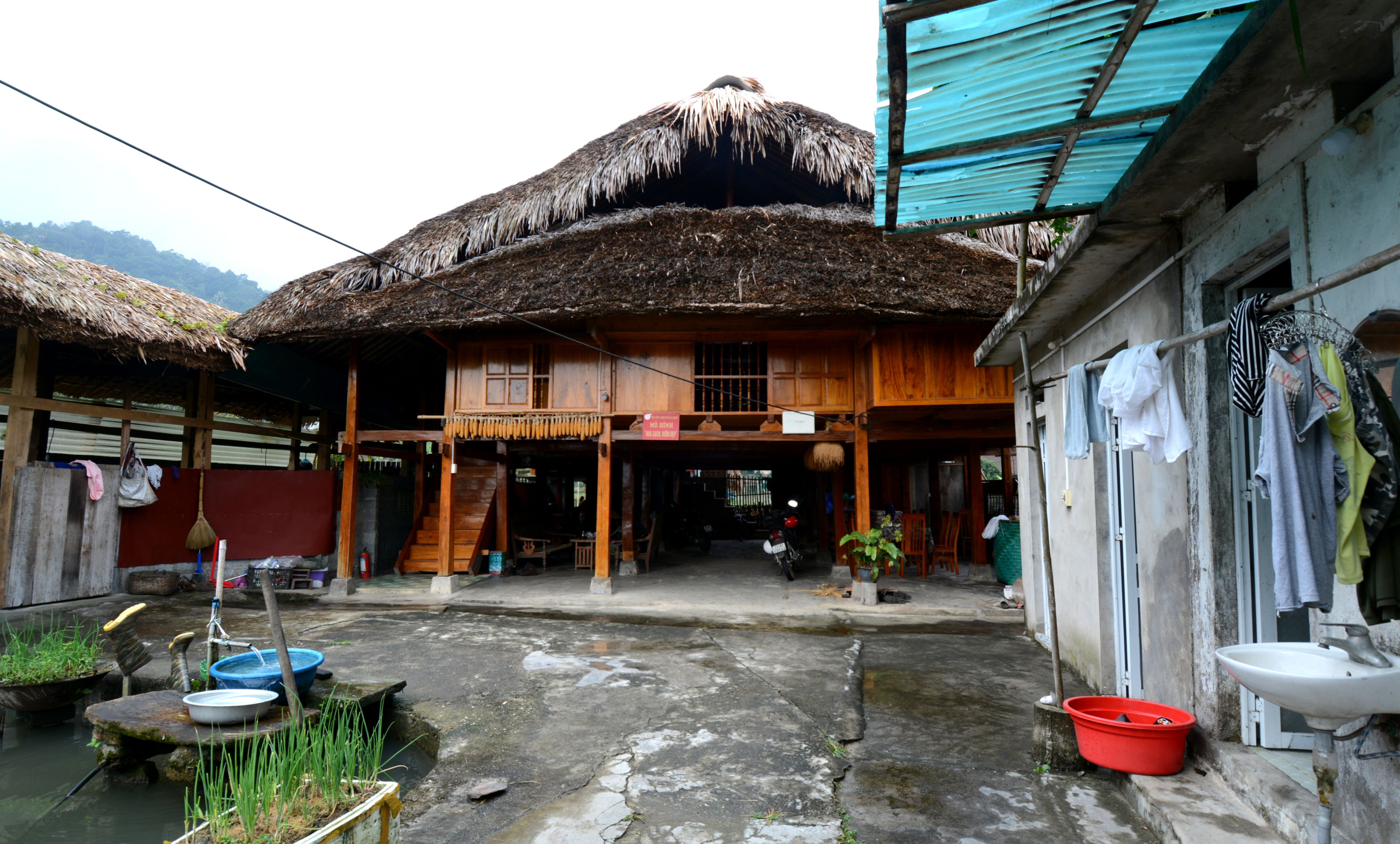
A homestay is the perfect place to immerse yourself in everyday Tay village life.
A homestay is the perfect place to immerse yourself in everyday Tay village life.
Over the past eight years, the social enterprise has trained people in the area to run homestays, run tours, and provide authentic travel experiences in northern Vietnam.
YESD puts part of its earnings back into the community funds of villages like Thon Tha, its pilot project. But the villagers themselves decide how this money is used: whether it’s for building modern toilets, buying warm clothing for poorer residents, or procuring cows and buffaloes for farmers.
“Villagers feel like they get something out of what YESD is doing to bring visitors to their area,” explains Tuyet.
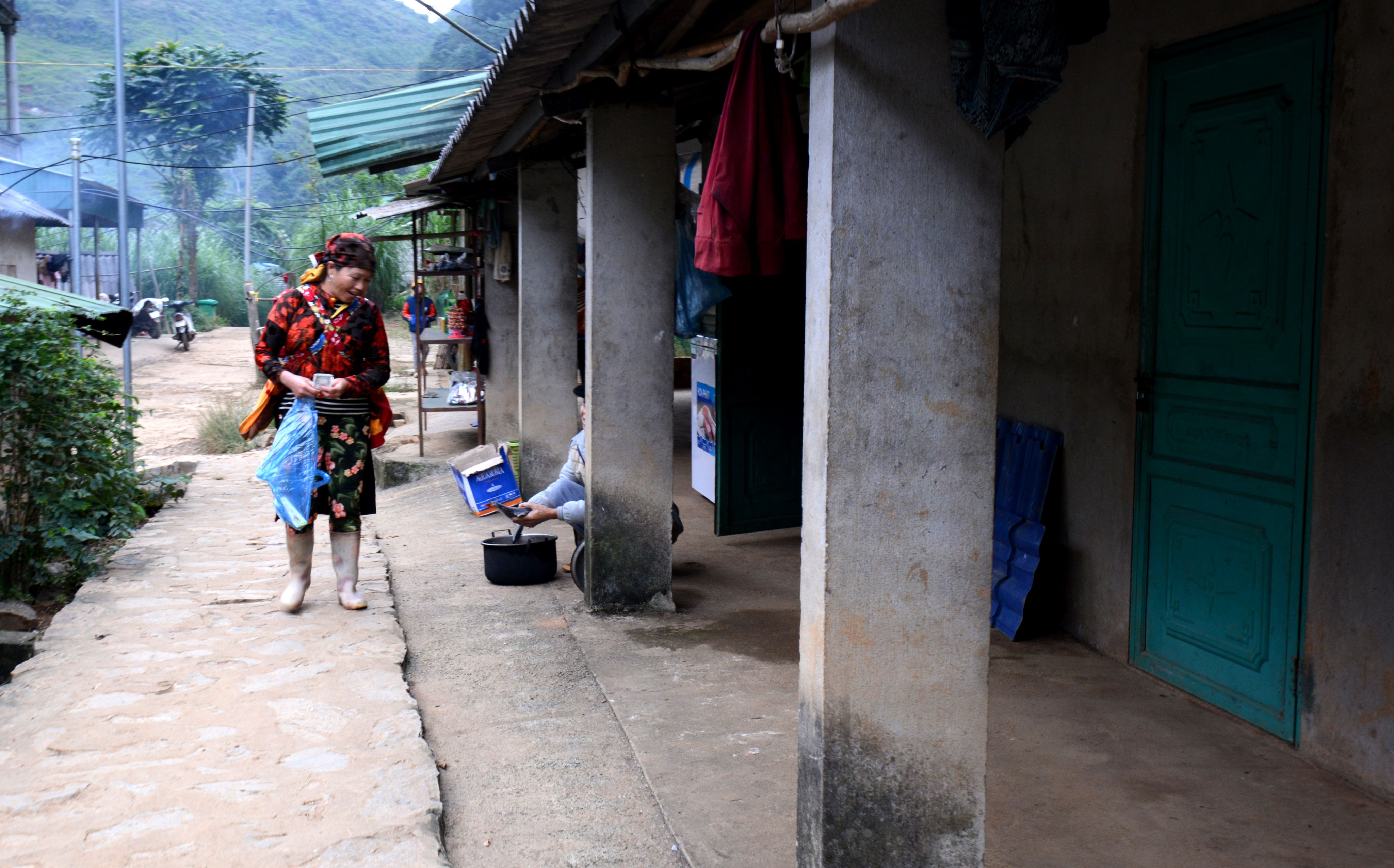
Making a real impact
YESD’s efforts has helped many villagers to improve their lives

As a result of YESD’s efforts, many villagers have been able to supplement their incomes and improve their lives.
For instance, Nguyen Van Quyen, my motorbike tour guide, used to earn just USD$200 a month as a farmer, but has tripled his income as a tour guide.
“Farming is tough,” he says. “This is a better job. I can meet people from different cultures and countries.”
Nguyen Thi Kien still works as a farmer, but also markets and sells handmade bamboo baskets and bags online.
“I used to make them just for my own use, but now I can make a little extra money with them,” she says.
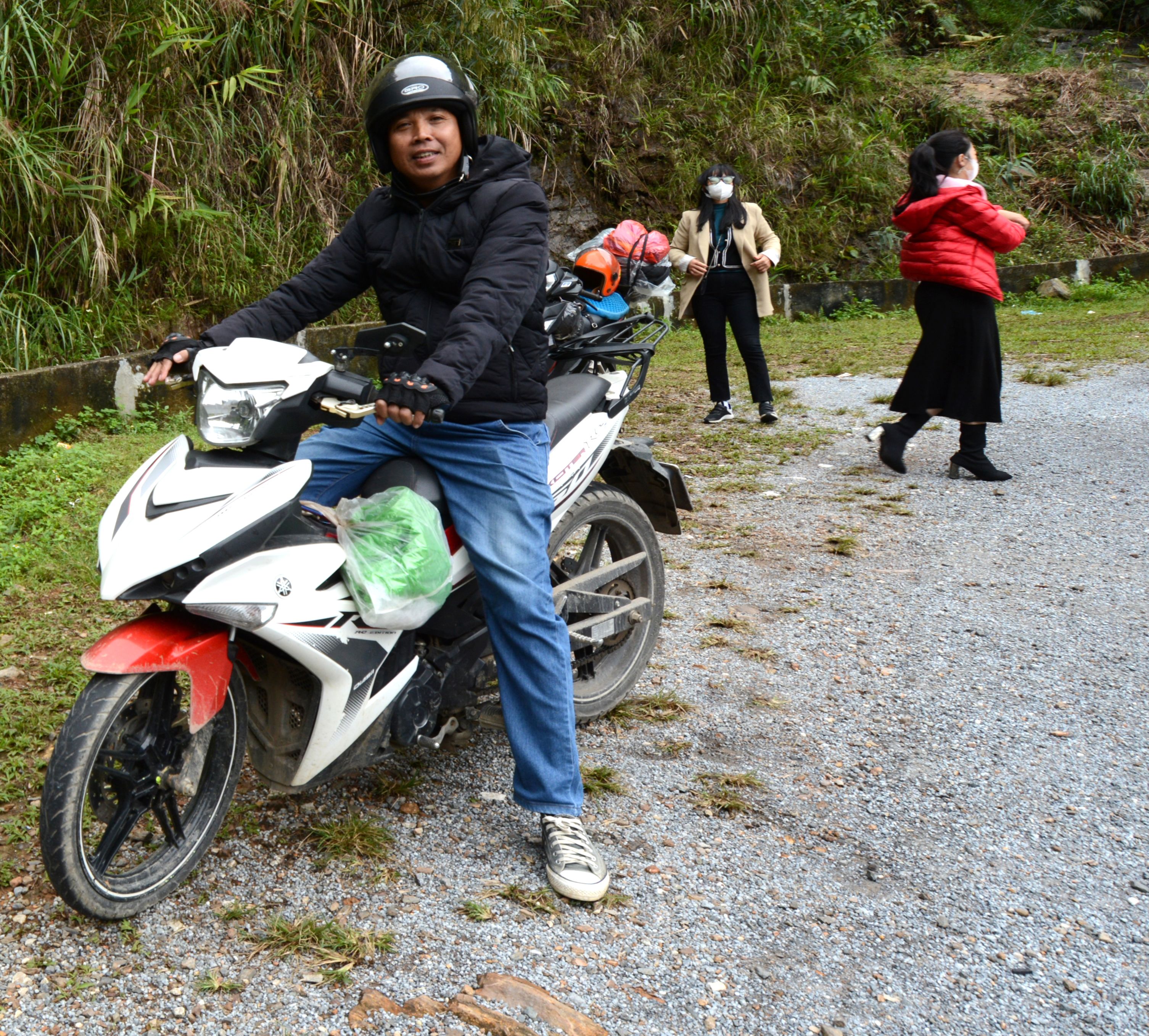
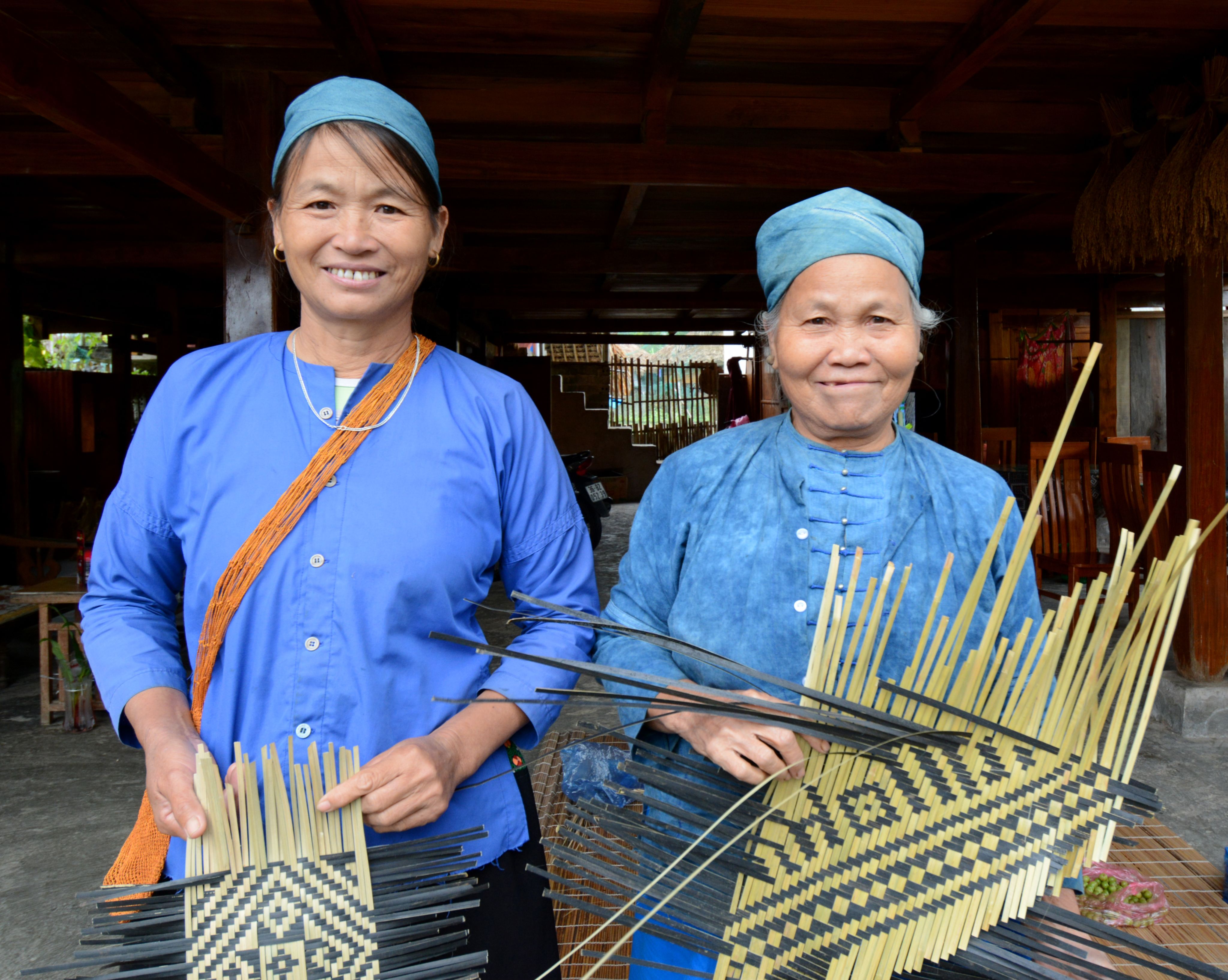
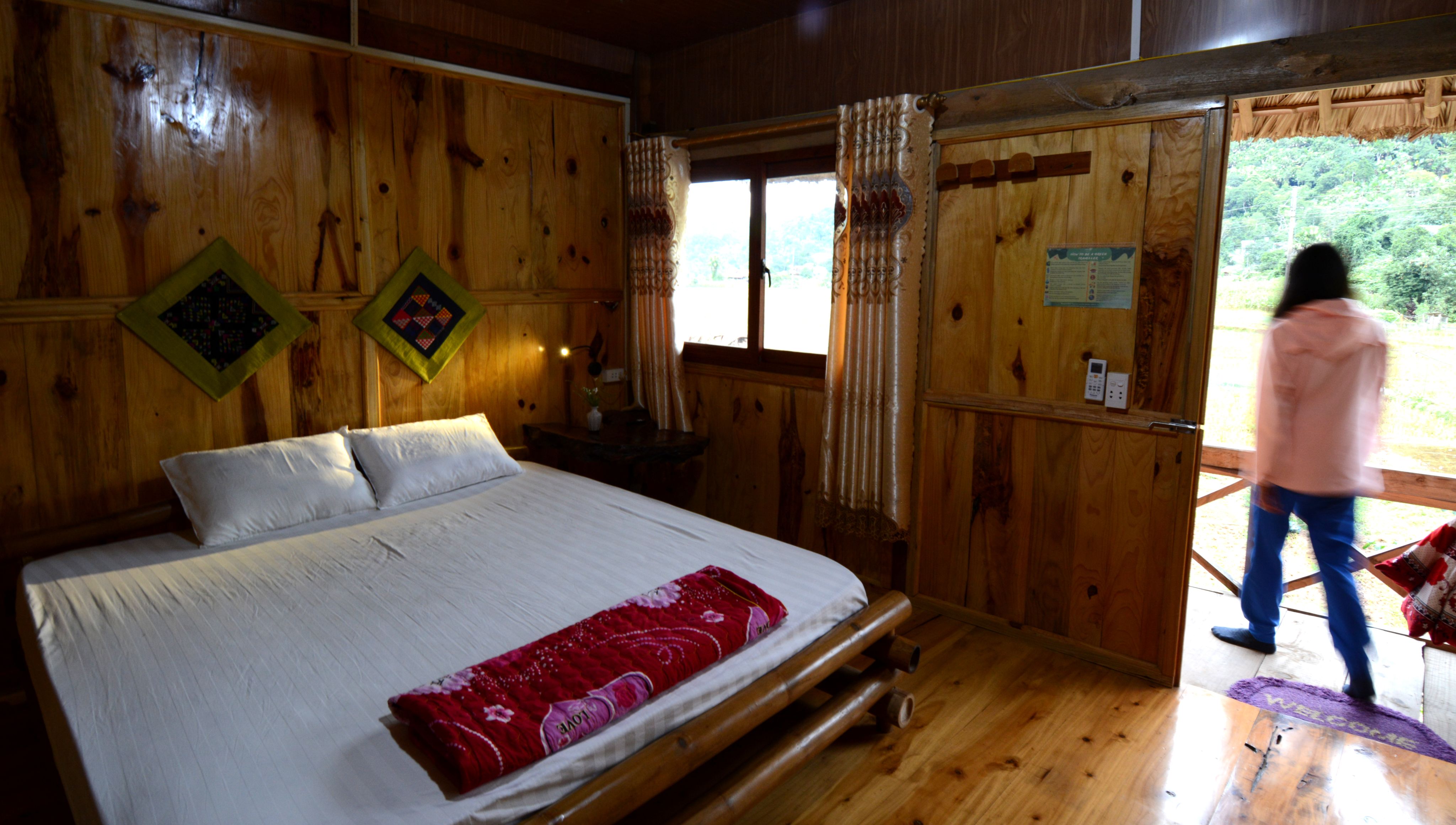
A private room in Nguyen Van Thien’s homestay in Thon Tha village.
A private room in Nguyen Van Thien’s homestay in Thon Tha village.
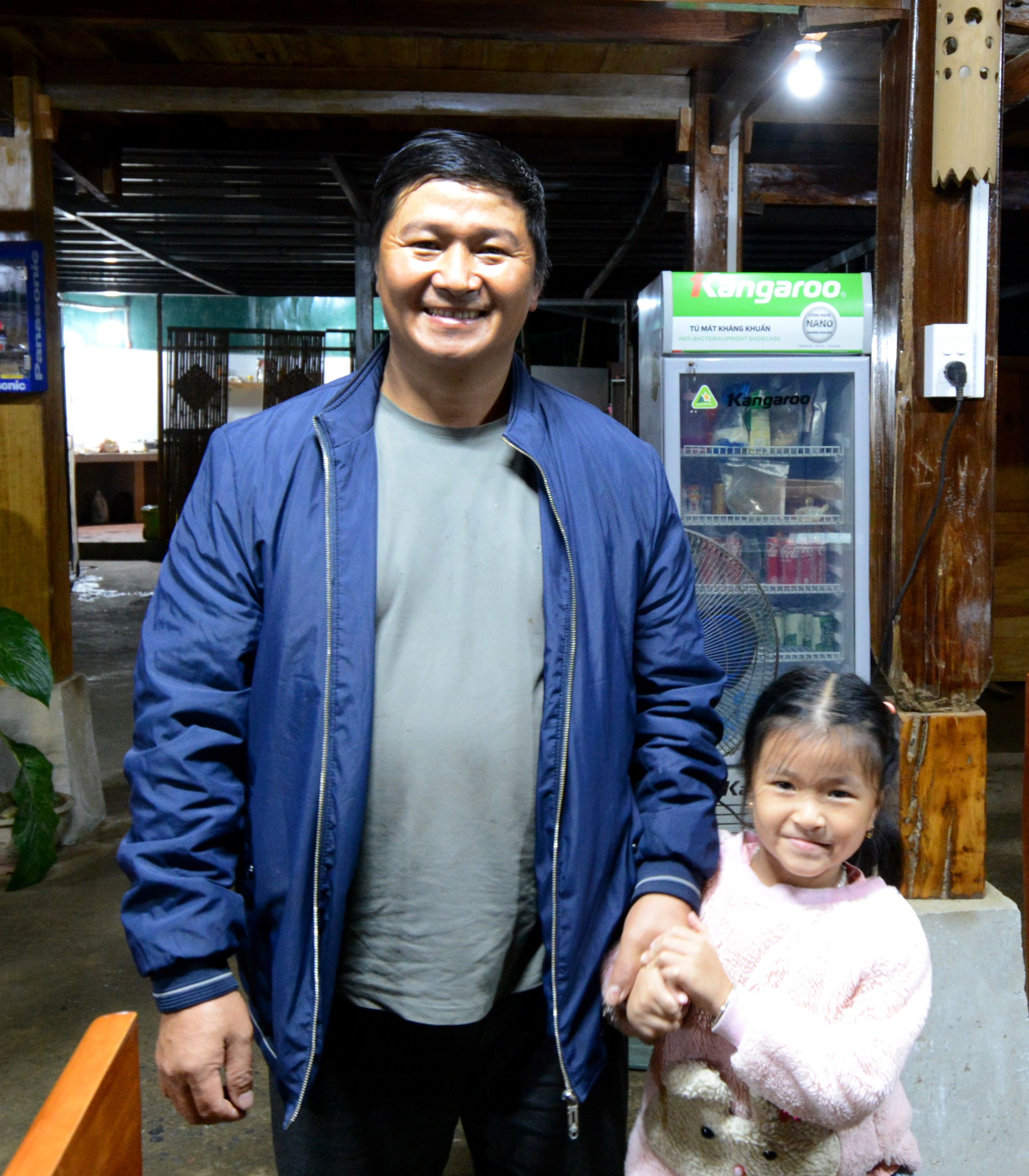
Nguyen Van Thien and his daughter.
Nguyen Van Thien and his daughter.
For Nguyen Van Thien, YESD’s support was a game-changer for his homestay business, which he had been running for a year before he met Tuyet and her friends.
“I didn’t know how to market my homestay. I didn’t speak English, so I had only about 30 local guests a month,” he says. “After YESD helped me get international customers, I can now get 100 to 200 in peak season, sometimes even 300.”
This has grown his monthly income from USD$400 to USD$2000 or more, enabling him to expand his business. He now has five private rooms and a shared dormitory for about 10 guests, and is planning to expand it even further.
YESD also organises community development projects for visiting university students from Singapore to build kindergartens, repair schoolyards and teach English, as part of its efforts to increase awareness of responsible and sustainable tourism among young people.
A young English couple, who are also staying at Mrs Dung’s, tell me that they had booked their trip with YESD precisely because of the impact that it is making.
“It’s important to know where your money goes,” they say. “With commercial tour companies, we’re not sure. That’s why we looked for operators that give back to the community.”
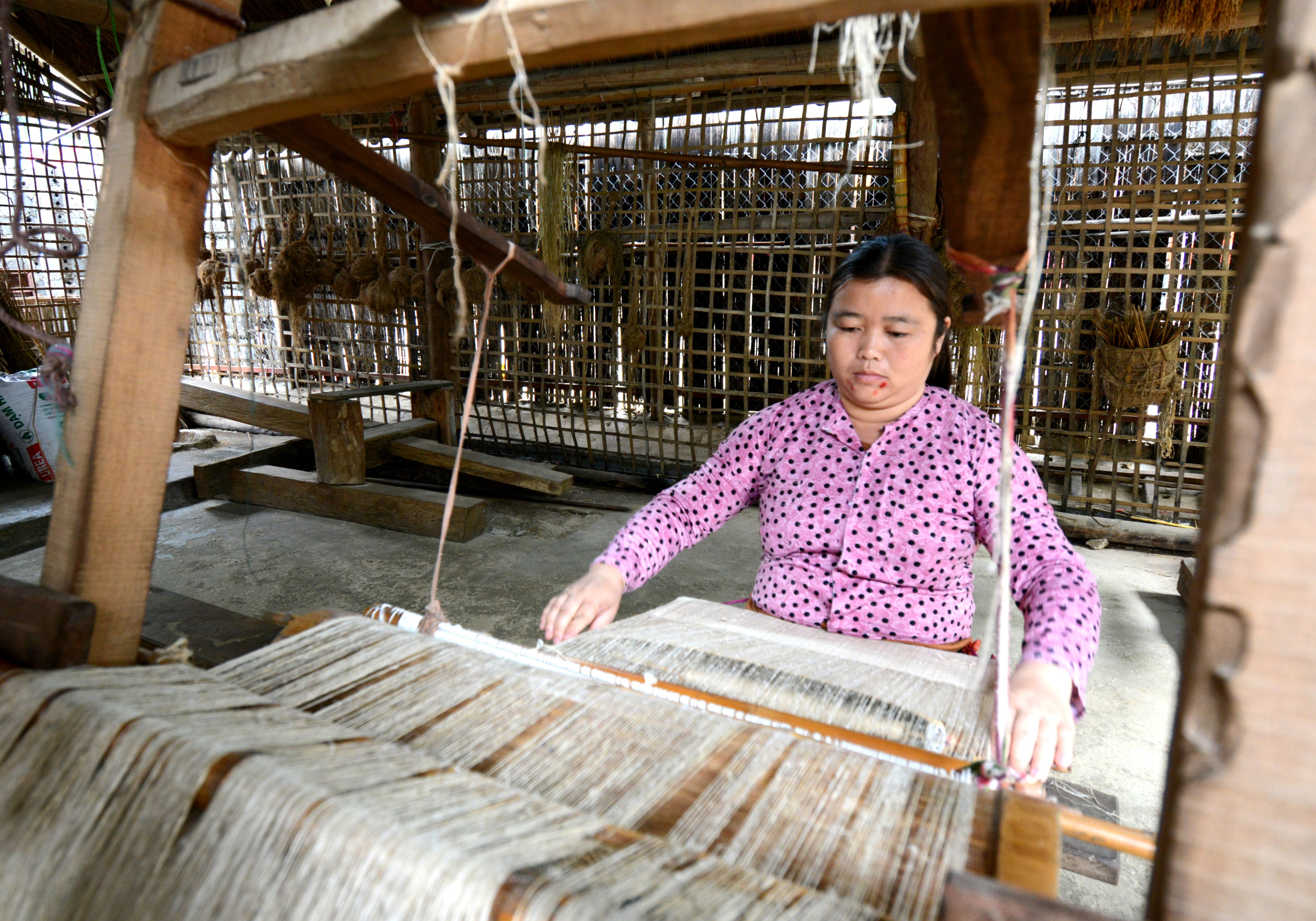
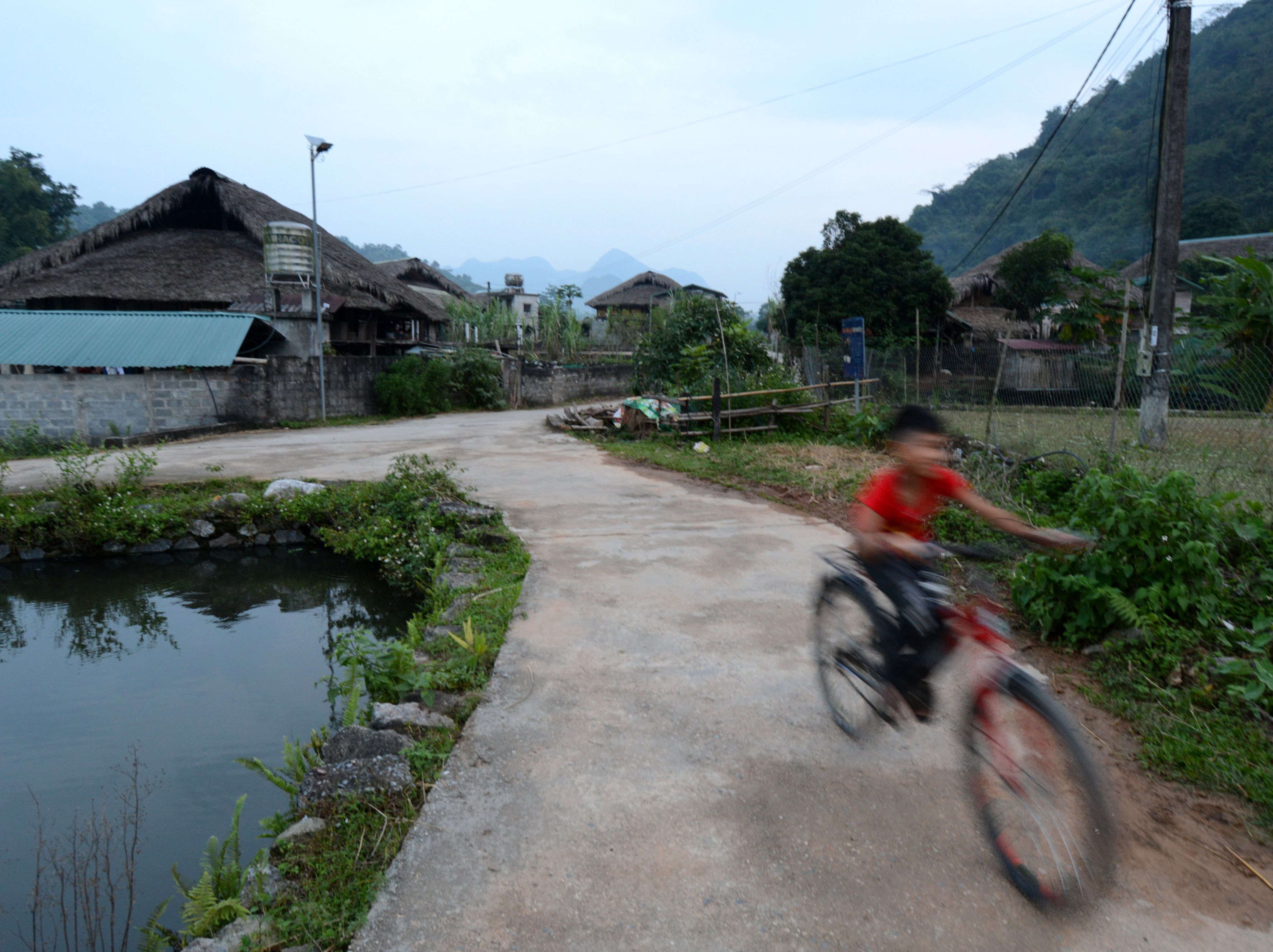
Early on my last morning, departing Mrs Dung’s for the drive back to Hanoi and flight back to Singapore, I take in the serene view of the mountains and the sounds of the village – and find myself wishing I could stay another two weeks.
If you want to get off the beaten track, explore Vietnam’s beautiful hill country, and get a taste of authentic rural life, you couldn’t do better than a trip with YESD in Ha Giang. And you’ll be contributing towards a better future for the communities in need.
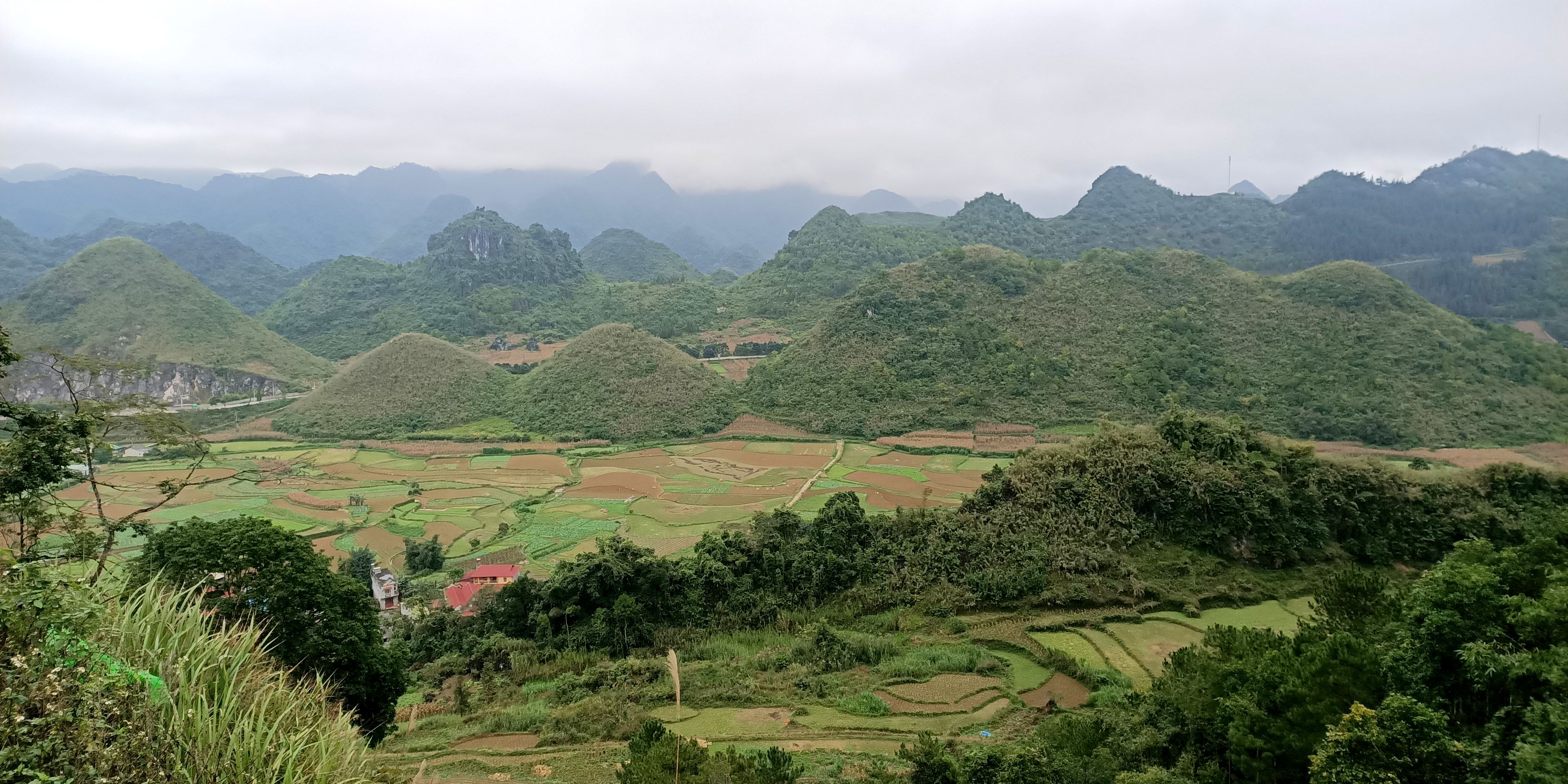
Writer & Photographer
Leslie Koh
THE DIFFERENCE YOU MAKE
If you’ve had your fill of Vietnam’s busy cities and want to see more of this beautiful country, get off the beaten track and explore Vietnam’s beautiful hill country in the north. At Ha Giang, you can get a taste of authentic, traditional rural lifestyles by booking a trip with YESD, a local social enterprise that empowers and benefits villagers in the area. YESD partners with village homestays, local tour guides and handicraft artisans.
You can also support YESD’s efforts by joining a community development project or donating to a community fund or cow fund to buy villagers cows (USD$600) or buffaloes (USD$750).
TRAVELLER'S NOTES
Exploring Ha Giang with YESD
April or October is the best time to visit Ha Giang. This is when the rice is fully grown but not harvested yet, turning the terraced rice fields a vibrant green.
YESD organises customised tours for individuals or small groups in northern Vietnam – anything from 2 to 14 days in Ha Giang province, Bai Tu Long Bay or a multi-city tour. A minimum of 3 days is recommended to properly experience the area, and the best time to visit is between March and April, or between September and December.
Depending on your preference, you can go trekking, do a motorbike tour (highly recommended), try a cultural tour that includes handicraft and cooking lessons, or even learn to farm.
Don’t miss a tour through the mountains. YESD recommends a three-day tour that takes you around the Ha Giang Loop, a winding 350 km route where stunning mountain scenery abounds. A motorbike tour is highly recommended for the experience; you can even hire a bike and ride it yourself. Car tours are also available, as are one-day options that give you a glimpse of the beauty of this hidden corner of Vietnam.
If you are keen, do go for a hike! Trails will take you into the hills, through traditional villages and past waterfalls. Expect to get a little muddy, as you will walk through rice fields. Consider bringing a pair of sandals along for the occasional (shallow) river crossing.
Typical prices for 2 people
Trekking:
3 days, 3 nights: USD$328
1 day: USD$129
Motorbike tour:
3 days, 3 nights: USD$541
1 day: USD$198